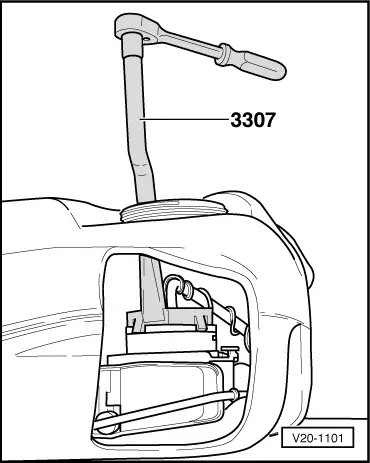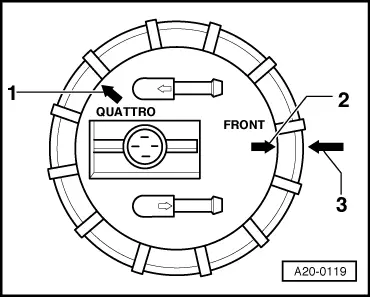A4 Mk1
|
Fuel supply system - front-wheel drive
Removing and installing fuel delivery unit - vehicles with 6-cylinder engine
|
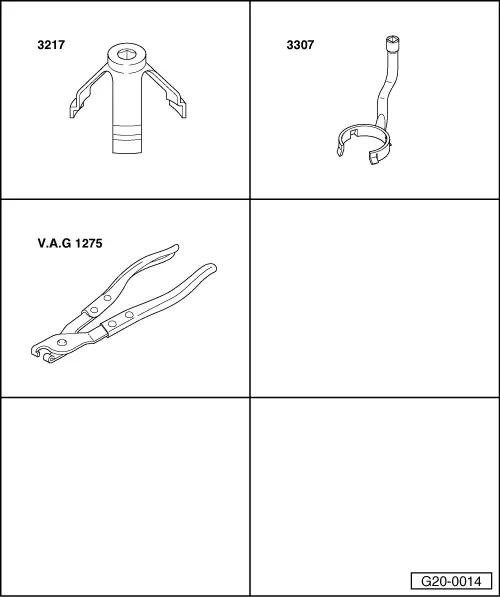 |
|
|
Special tools and workshop equipment required
|
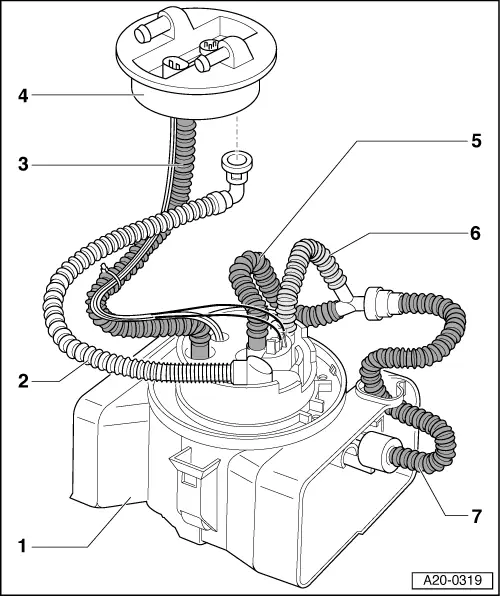 |
|
|
Note: The illustration shows the correct routing of hoses inside the tank.
Observe safety precautions. Observe rules for cleanliness => Page 20-3. Removing |
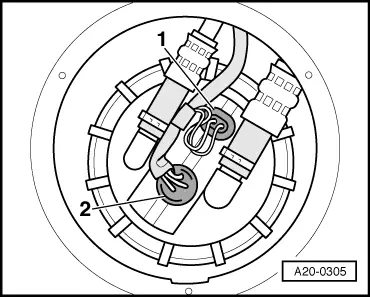 |
|
|
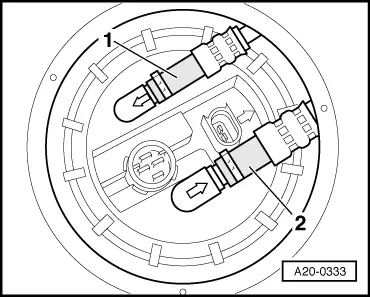 |
|
|
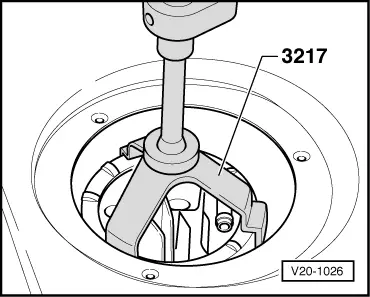 |
|
|
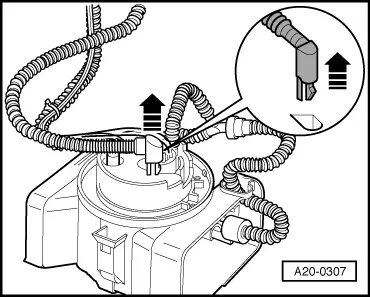 |
|
|
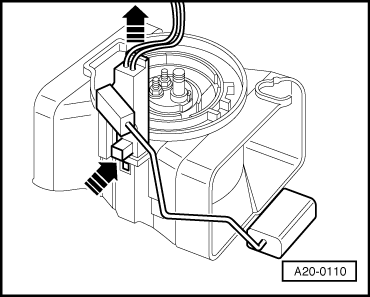 |
|
|
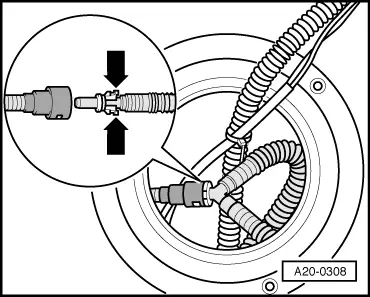 |
|
|
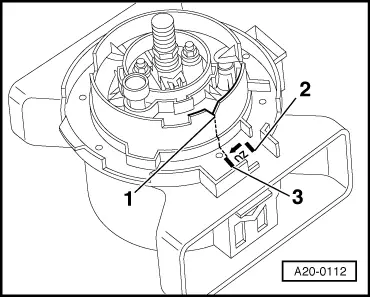 |
|
|
 |
|
Note: Ensure that fuel hose going from baffle housing to Y-connector is engaged in retainer in outer section of baffle housing.
|
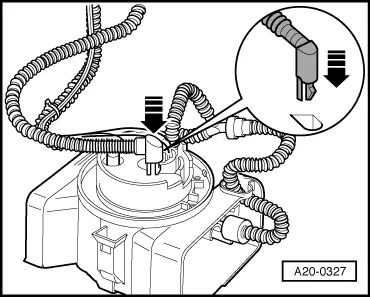 |
|
|
 |
|
|

